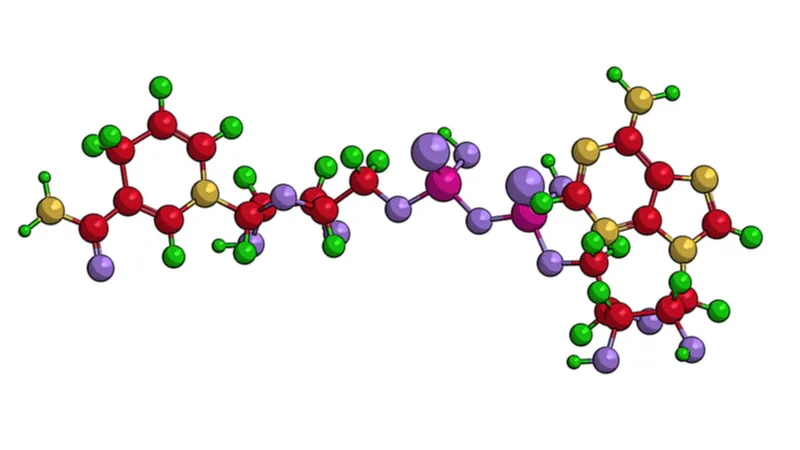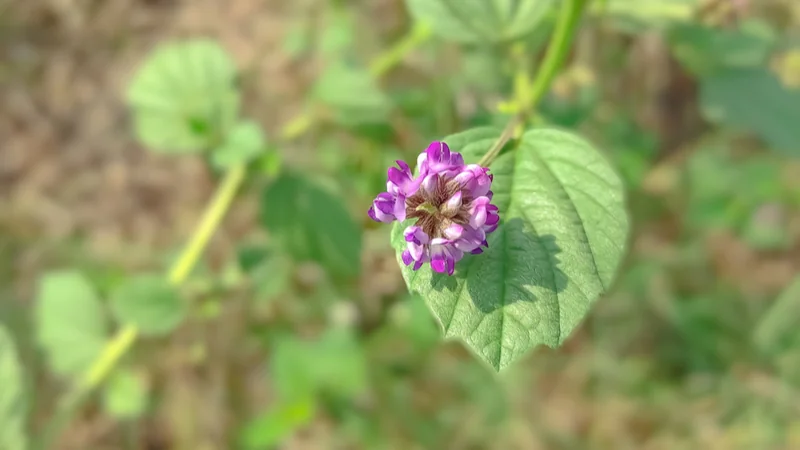A new publication in Nature Communications has revealed that corylin, which is derived from the Chinese herb Psoralea corylifolia, increases the lifespan of model organisms through well-known pathways of aging.
Finding corylin
This study did not begin with an examination of corylin or even a look at this particular herb. Instead, the researchers examined multiple ancient Chinese medical manuals, choosing 33 herbs and six herbal formulas to begin their initial test.
After using water, ethanol, and centrifugation to create extracts, the researchers administered these extracts to yeast cultures and examined their effects on replicative lifespan. They found that the ethanol extract of Psoralea corylifolia increases the lifespan of normal yeast almost exactly to that of a long-lived mutant strain that expresses less TOR1, and tests on another mutant strain with sirtuin genes deleted showed that this effect did not happen due to sirtuins.
The researchers then further analyzed this extract, finding 22 different compounds through chromatography and a review of the literature. They tested each of these compounds in yeast, finding only two, corylin and neobavaisoflavone, that increased lifespan, with corylin being the most effective.
Corylin affects the mTOR pathway
The researchers then performed a variant of their earlier test, examining the effects of corylin on mutant strains of yeast and finding similar results: corylin reduces TOR1 in a sirtuin-independent manner, making wild-type yeast live as long as its TOR1-reduced counterpart. Further tests showed that its effects are through the Gtr1 protein, and the researchers showed exactly how corylin docks with this protein in a way that similar compounds do not.
A previous study, whose authors include Oliver Medvedik and David Sinclair, has shown that caloric restriction and TOR inhibition cause the transcription factor Msn2 to be relocated from the cytoplasm to the nucleus, promoting Pnc1 expression and thus increasing NAD+, a vital component of metabolism that decreases with aging [1]. These results were also seen in this study.

Read More
These results were bolstered by data showing that a combination of corylin and caloric restriction was not helpful in yeast, suggesting that corylin acts as a caloric restriction mimetic in this model organism.
Corylin affects cellular senescence in human cells
The researchers then turned their attention to human umbilical vein endothelial cells (HUVECs), a common choice for cellular analysis. Corylin was shown to substantially reduce the markers of cellular senescence in these cells: after nine doublings, nearly all of the cells in the control group expressed SA-ß-gal, but only approximately a fifth of the corylin group did, and p21 expression was also substantially reduced.
Sequencing the RNA of young HUVECs, senescent HUVECs, and senescent HUVECs given corylin, the researchers found that the gene expression of the corylin group had become more similar to that of the young group and had strongly affected CXCL8, a known marker of senescence.
Corylin increased lifespan in mice fed a high-fat diet
Giving corylin at 50 milligrams per kilogram to 40-week-old mice in a treatment group, along with a high-fat diet for both the treatment and control groups, caused the survival curves of the two groups to diverge after only four weeks. After two years, approximately 60% of the corylin group was still alive, while only 40% of the control group had survived, despite eating similar amounts of food and having generally similar body weights.
Rearing behaviors and balance were improved in the corylin group, showing increased muscle strength and mobility compared to the control group. Corylin was shown to have effects on the mTOR1 of mice just as it had on the TOR1 of yeast.
Conclusion
While it is far too early to claim that corylin is at least as effective as rapamycin or rapalogs, it clearly has rapalog-like effects in model organisms, showing promise as a potential caloric restriction mimetic and a senotherapeutic that diminishes the effects of cellular senescence. If its safety and effectiveness can be ascertained in human beings, along with a careful analysis of side effects, corylin might become a longevity staple.
Literature
[1] Medvedik, O., Lamming, D. W., Kim, K. D., & Sinclair, D. A. (2007). MSN2 and MSN4 link calorie restriction and TOR to sirtuin-mediated lifespan extension in Saccharomyces cerevisiae. PLoS biology, 5(10), e261.





